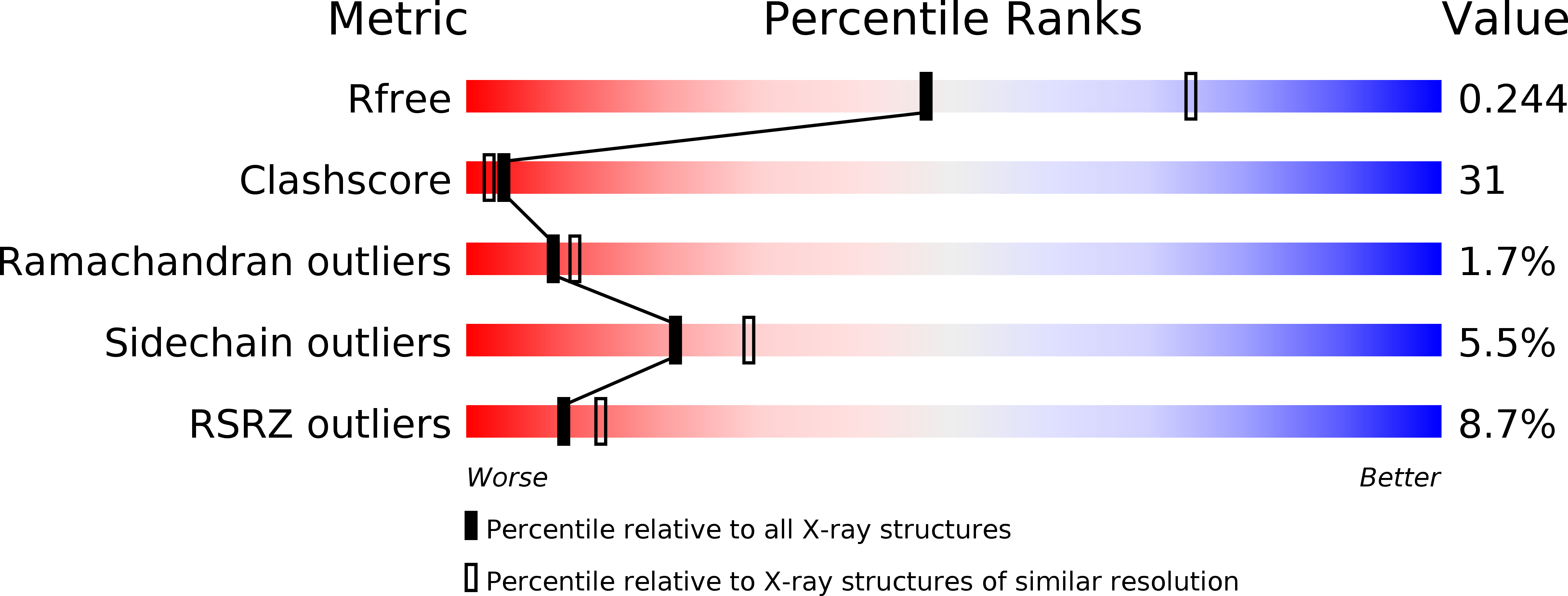
Deposition Date
2004-11-02
Release Date
2005-06-21
Last Version Date
2024-03-13
Entry Detail
PDB ID:
1XWR
Keywords:
Title:
Crystal structure of the coliphage lambda transcription activator protein CII
Biological Source:
Source Organism:
Bacteriophage lambda (Taxon ID: 10710)
Host Organism:
Method Details:
Experimental Method:
Resolution:
2.56 Å
R-Value Free:
0.28
R-Value Work:
0.25
R-Value Observed:
0.25
Space Group:
C 2 2 21


